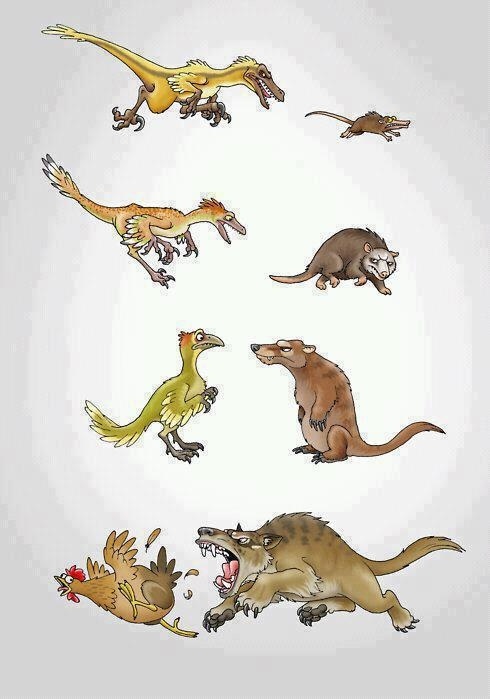Old ideas linger in our minds, the same happens with old papers that we would like to discuss. Although not that old, just from the beginning of the year, the article by Parenteau et al. (2019) in Nature, about introns being mediators of some types of cell responses, caught my eye and made some thoughts resurface on how intragenic regions may have major functions in the regulation of cells. This is, of course, not a new idea. Biologists and biochemists since the discovery of introns (1977) have proposed several functions and discovered regulatory signals within these regions (a thorough survey through PubMed can attest to that). What is quite thrilling at this moment in time is that we are getting further and further away from the idea that intronic regions are junk DNA.
An outstanding theory about intron evolution states that the increase of introns’ abundance in smaller populations is explained mostly by mutations and their fixation through genetic drift (Lynch 2002). The same theory also refers that in order to maintain those introns selective forces should be at play. This theory is quite relevant for species with typical small populations. But what about yeast? Yeast has large population sizes and relatively a low number of introns/gene.
The work by Parenteau and colleagues (2019) shows that keeping introns (even though in limited numbers), in large populations might have its advantages. The aforementioned paper demonstrates the involvement of introns in nutrient sensing pathways and their effect in cell growth in times of stress. Although only some introns are essential for the growth in rich medium, by repressing the expression of deleterious genes, many more seem to be important for cell maintenance, especially in stress conditions, as starvation. By using recombinant yeast strains (with absence of specific introns), the authors tested which pathways would be more susceptible to starvation when there was intron loss in representative genes. In the vast majority, cell survival had a negative value, which highlights the importance introns gained through time, and particularly in several metabolic responses.
To add more detail to how introns might exert their influence, the authors tested two types of nutrients; phosphate and dextrose, and also monitored the different phases of growth. Results showed that both nutrients were limiting, and introns seem to be important in the stationary phase, time at which, most recombinant strains disappeared from culture. Interestingly, when measuring intron abundance in wild type cells, it was during the stationary phase that it was the highest, due to the accumulation of unspliced RNA. Growth control in the stationary phase seems to be partly mediated by intron repression of ribosomal protein genes (RPG), since once the removal of some introns there was the increased expression of these genes. This is an indicator that the advantage of having introns is linked to the arrest of consuming too much nutrients in starvation conditions, by avoiding translation.
The authors also found that introns influence cell growth through the same metabolic pathway and they do not depend on the expression levels of their host gene. They do depend on the spatial interaction with 5’UTR regions of the host gene. Once this interaction is destabilized the intron-deletion phenotype was no longer rescued. This means to support cell maintenance/growth gene context is vital. In terms of which part of the nutrient-sensing pathway introns play a role, it seems that they influence the expression of a set of genes that are associated with ribosome production. Again, hindering translation will have benefits in starved populations. That process is in turn controlled by a kinase (TORC1) that apparently induces the abundance of introns in starvation conditions. This kinase is known to be a regulator of a large protein complex involved in cellular protein degradation.
One of the conclusions that can be put forward is that evidence is proving Lynch’s theory right. Most likely introns that have been kept in large populations have been the target of positive selective forces. The advantages that introns confer in stressful conditions, as starvation, are of extreme importance at the evolutionary level. Although the emergence of such advantage has probably originated by chance (mutation, genetic drift), the retention of the mechanisms presented above could not be maintained if no selective forces would act upon their preservation.
Lynch M. 2002. Intron evolution as a population-genetic process. Proc. Natl. Acad. Sci. U. S. A. 99:6118–6123.
Parenteau J, Maignon L, Berthoumieux M, Catala M, Gagnon V, Abou Elela S. 2019. Introns are mediators of cell response to starvation. Nature 565:612–617.



 RSS Feed
RSS Feed
